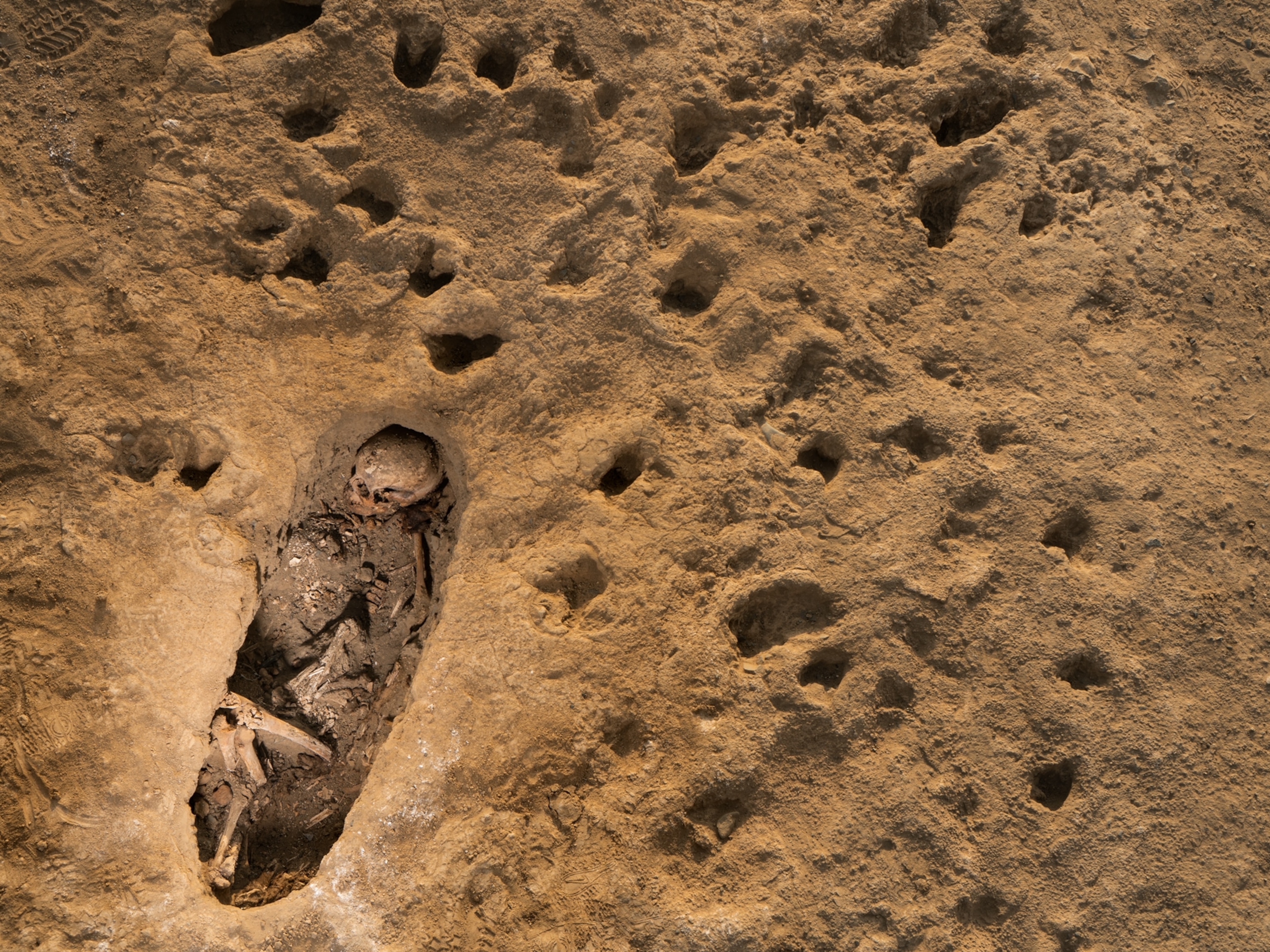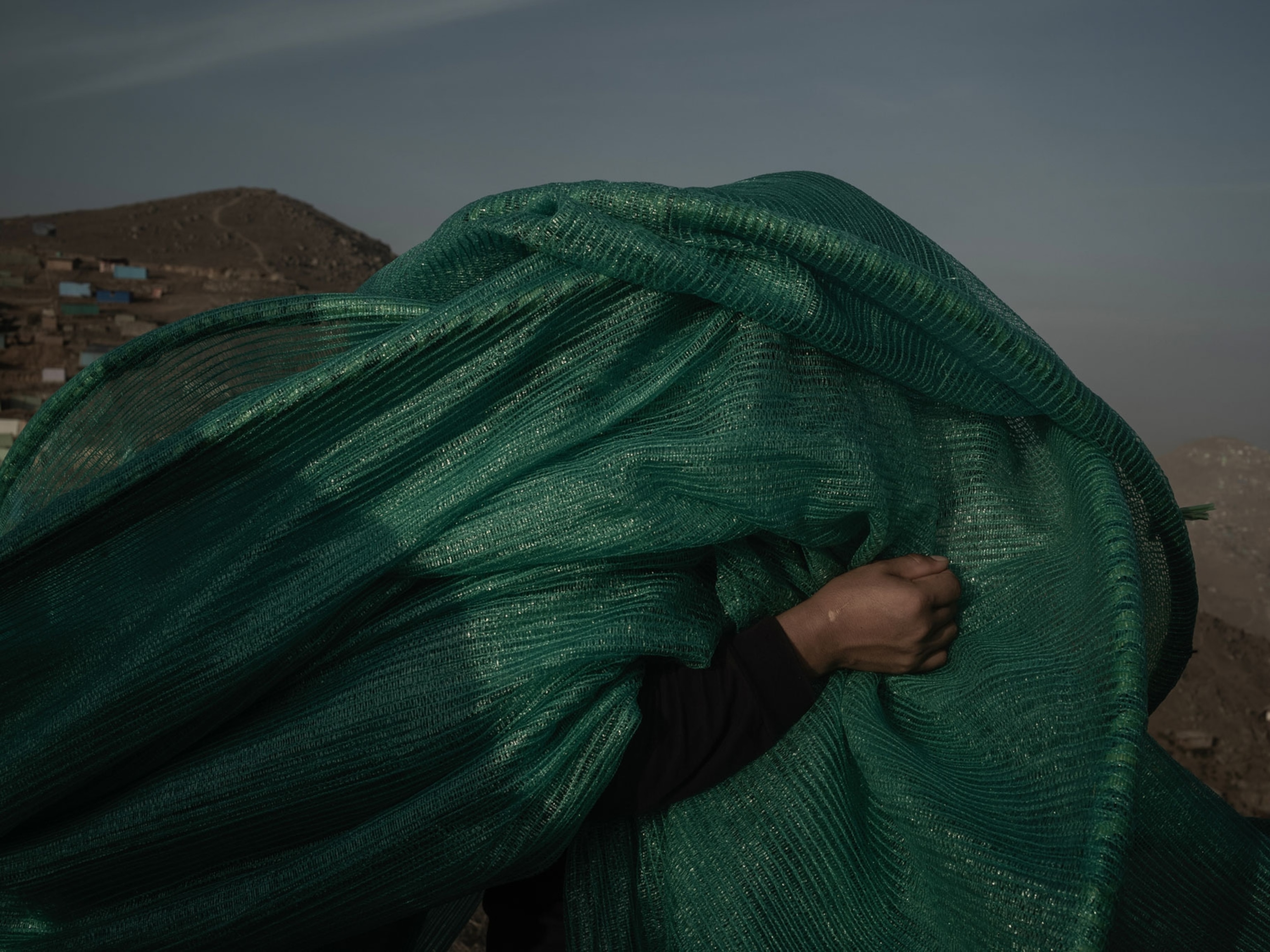
What is a heat dome? Pacific Northwest swelters in record temperatures.
Thirteen million people are contending with an unprecedented heat wave trapped over the region.
In a swath that stretches across the Pacific Northwest, 13 million people are sweltering under an extreme heat wave that has shattered records in Portland and Seattle, boosting temperatures in both cities well above 100 degrees Fahrenheit over the weekend and into this week.
A “heat dome” trapping the heat wave over the region has sent many without home air conditioning to emergency shelters to keep safe from the intense heat, which can be deadly. The heat is expected to persist into mid-week.
Washington state's King County, which includes Seattle, recently released a heat map showing less affluent neighborhoods, where tree cover is low, experience the dangerous effects of heat more acutely than their more affluent counterparts. As climate change makes extreme heat waves more likely in the future, it’s a dangerous health risk cities must contend with.
Dan Douthit, the public information officer for the Portland Bureau of Emergency Management, says: “As a city we’re actively concerned about [climate change].” In addition to heat, he says they also face climate change in the form of wildfires, which last year briefly made Portland the city with the world’s worst air quality.
What is a heat dome?
A heat dome is effectively what it sounds like—an area of high pressure that parks over a region like a lid on a pot, trapping heat. Research from the National Oceanic and Atmospheric Administration (NOAA) shows they are more likely to form during La Niña years like 2021, when waters are cool in the eastern Pacific and warm in the western Pacific. That temperature difference creates winds that blow dense, tropical, western air eastward. Eventually that warm air gets trapped in the jet stream—a current of air spinning counterclockwise around the globe—and ends up on the U.S. West Coast.
“When you get high pressure over the West, it keeps that warm air over the West,” says Andrea Bair, the climate services program manager for the National Weather Service’s western region.
“A heat dome is basically that trapping dome. The heat event itself is the heat wave, lasting several consecutive days and nights that are well above normal,” she notes, adding that the heat dome helps sustain the heat wave.
Bair says it’s common for areas of high pressure to sit over the West during both winter and summer months, but “It is unusual to have heat events this early.”
A few weeks ago, a heat dome created extremely hot conditions for the Southwest, breaking temperature records. It reached 123°F in Palm Springs and Las Vegas saw a record high of 114°F.
“It’s the same high-pressure pattern we’ve had parked over the West; it just kind of moves north and south or east and west. It moves and strengthens and weakens,” says Bair.
This heat wave over the Northwest is expected to taper off over the coming days, but, “then as we get toward the Fourth of July, right now models are indicating another spell of heat wave,” says Bair.
What does climate change have to do with it?
The science is clear about how climate change will influence hot weather: It will make heat more extreme and extreme heat more likely. Since the late 19th century, average U.S. temperatures have increased, according to the 2017 National Climate Assessment. Since the 1960s, heat waves have become more common, and by mid-century, scientists expect 20 to 30 more days of temperatures over 90°F in the U.S. By 2050, cities in the Northern Hemisphere will experience climates similar to today’s temperatures in cities more than 620 miles south.
The U.S. isn’t the only region coping with extreme heat. In Russia, cities as far north as the Arctic circle broke heat records this week.
In the Pacific Northwest, the warming effect of burning greenhouse gases is expected to warm the region as much as 5.8°F, on average, by mid-century.
“You shift your extremely hot days by a huge amount. They were rare to begin with, but you raise temperatures by a couple degrees, and all the sudden, you open up new territory,” says Daniel Swain, a climate scientist at the University of California, Los Angeles.
Bair notes it’s challenging to link any one specific weather event with climate change, but says over time the trend is showing longer-lasting, more intense heat.
“When it comes to extreme heat, it’s one of the easiest types of extreme weather events to draw that link to,” says Swain.
When drought and heat waves occur at the same time, it can create a feedback loop in which both weather patterns are made worse. Moisture in soil can mitigate the impact of heat, like sweat cooling a body, but with bone dry soil in much of the West, that heat simply warms the atmosphere.
“You have this further self-reinforcing cycle between heat waves and droughts that are being made worse by climate change on top of the linear warming trend,” says Swain.
He expects to see more extreme heat waves in the future. Even a half a degree of global warming “substantially increases the odds for extreme heat events in this region and more generally,” he says.
More extreme heat waves are likely to continue, even if the world drastically reduces its planet warming emissions. And that has repercussions for health. A study published in the journal Nature Climate Change last May attributed 37 percent of all heat-related deaths between 1991 and 2018 to climate change.
“My hope is that we only have a few more decades of increasing risk of these extremes—but that's only if we get our act together,” says Swain.
(Read more about how climate change will lead to extreme heat in the July issue of National Geographic.)
How are people coping?
The current heat wave arrives as much of the West is still caught in a historic drought.
“Soil moisture is already largely depleted in the Northwest… Therefore, this new round of heat could be a “death knell” for rangelands and dryland crops that have been just hanging on,” writes Brad Rippey, a meteorologist with the U.S. Department of Agriculture’s Office of the Chief Economist, in an email.
Also, by further drying out vegetation, the heat wave could elevate the wildfire risk in the West. Last year, hundreds of homes were lost to wildfire in the Pacific Northwest. “Any time vegetation is becoming quite dry that’s one piece of the fire equation. That increases the likelihood and size of fire,” says Erica Fleishman, an ecologist at Oregon State University.
In the immediate future, local officials are working to mitigate the threat to human health. The very young and very old, pregnant women , and those with chronic illness are most at risk of succumbing to heat exhaustion or heat stroke.
“This is an unprecedented event,” says Kate Hutton, a representative from Seattle’s Office of Emergency Management. “We might see impacts to the power system and heat-related illness.”
She says Seattle has designated cooling centers, like public libraries and community centers, where residents can access air conditioning. In this region, many residents lack air conditioning; Seattle is centered in a historically cool region. The city has only seen three 100°F days since record-keeping began.
Douthit says Portland residents can call 211 for more information and transportation assistance. “We’re encouraging people, if you have a neighbor who’s alone, to check on them,” he says. “We just want everyone that might be isolated to know they have places to go.”
Related Topics
You May Also Like
Go Further
Animals
- This ‘saber-toothed’ salmon wasn’t quite what we thoughtThis ‘saber-toothed’ salmon wasn’t quite what we thought
- Why this rhino-zebra friendship makes perfect senseWhy this rhino-zebra friendship makes perfect sense
- When did bioluminescence evolve? It’s older than we thought.When did bioluminescence evolve? It’s older than we thought.
- Soy, skim … spider. Are any of these technically milk?Soy, skim … spider. Are any of these technically milk?
- This pristine piece of the Amazon shows nature’s resilienceThis pristine piece of the Amazon shows nature’s resilience
Environment
- This pristine piece of the Amazon shows nature’s resilienceThis pristine piece of the Amazon shows nature’s resilience
- Listen to 30 years of climate change transformed into haunting musicListen to 30 years of climate change transformed into haunting music
- This ancient society tried to stop El Niño—with child sacrificeThis ancient society tried to stop El Niño—with child sacrifice
- U.S. plans to clean its drinking water. What does that mean?U.S. plans to clean its drinking water. What does that mean?
History & Culture
- Séances at the White House? Why these first ladies turned to the occultSéances at the White House? Why these first ladies turned to the occult
- Gambling is everywhere now. When is that a problem?Gambling is everywhere now. When is that a problem?
- Beauty is pain—at least it was in 17th-century SpainBeauty is pain—at least it was in 17th-century Spain
- The real spies who inspired ‘The Ministry of Ungentlemanly Warfare’The real spies who inspired ‘The Ministry of Ungentlemanly Warfare’
- Heard of Zoroastrianism? The religion still has fervent followersHeard of Zoroastrianism? The religion still has fervent followers
Science
- Here's how astronomers found one of the rarest phenomenons in spaceHere's how astronomers found one of the rarest phenomenons in space
- Not an extrovert or introvert? There’s a word for that.Not an extrovert or introvert? There’s a word for that.
- NASA has a plan to clean up space junk—but is going green enough?NASA has a plan to clean up space junk—but is going green enough?
- Soy, skim … spider. Are any of these technically milk?Soy, skim … spider. Are any of these technically milk?
- Can aspirin help protect against colorectal cancers?Can aspirin help protect against colorectal cancers?
Travel
- What it's like to hike the Camino del Mayab in MexicoWhat it's like to hike the Camino del Mayab in Mexico
- Follow in the footsteps of Robin Hood in Sherwood ForestFollow in the footsteps of Robin Hood in Sherwood Forest
- This chef is taking Indian cuisine in a bold new directionThis chef is taking Indian cuisine in a bold new direction
- On the path of Latin America's greatest wildlife migrationOn the path of Latin America's greatest wildlife migration
- Everything you need to know about Everglades National ParkEverything you need to know about Everglades National Park







